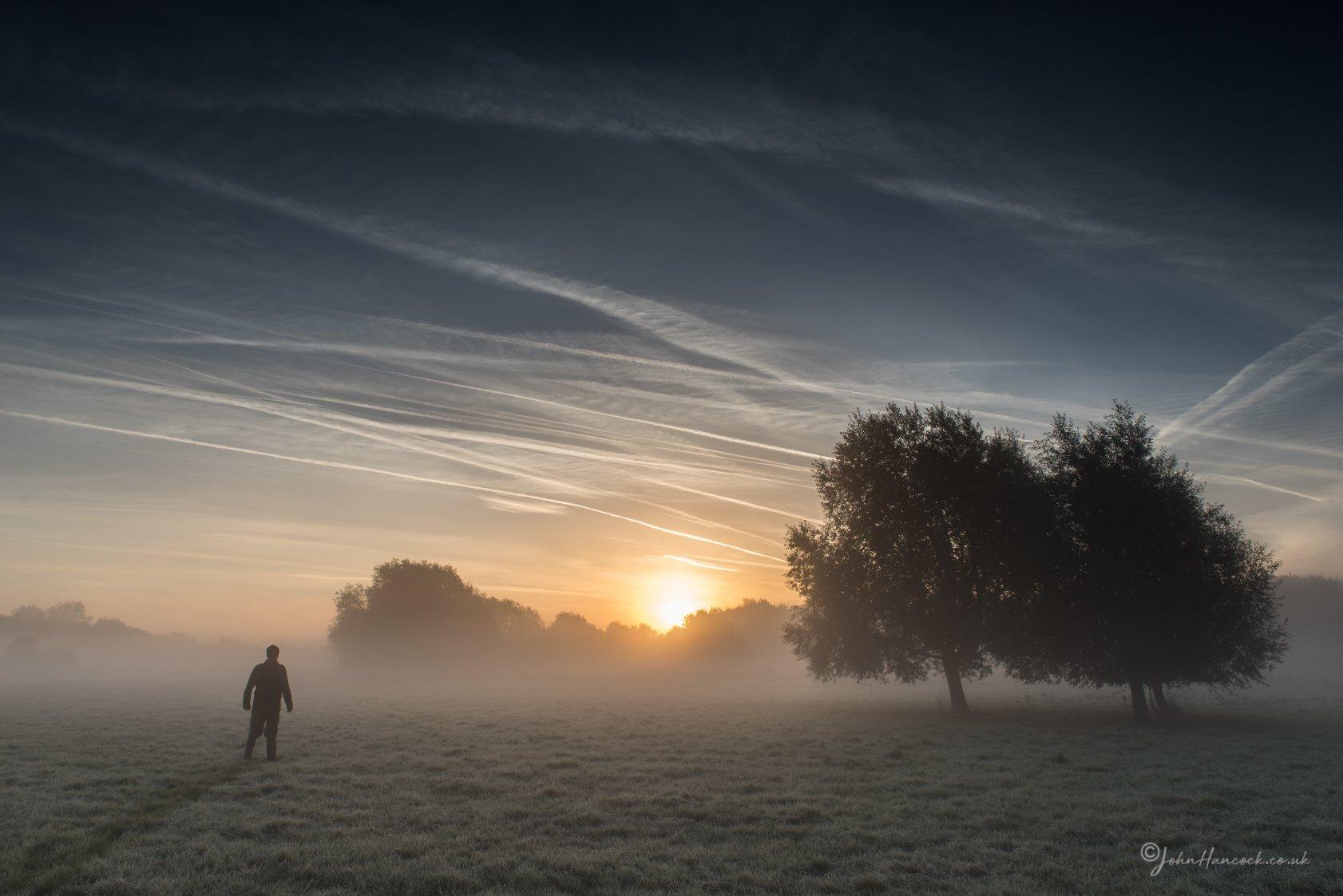Funny you should ask that…..
I did my ILM last year and my main project was ‘The Creation and Implementation of a Tree Risk Management System’ basically the system is based around a defensible tree management system.
It became very clear early on that the ‘Zoning’ system would be the way to go as it’s more practical, cost effective and can be flexible.
For a programme of tree inspection to be manageable, resources need to be directed to areas where there is potentially most risk to people and property. This is designating each part of a site to one of four Risk Zones.
These four zones will reflect normal usage but must be kept under review. The level of risk can change from time to time. For example, if we were to hold a public event in one of our parks which is a designated medium risk zone, the risk will change to high for the duration of the event. This is because there are more members of the public standing under the trees (more targets) = increased risk.
The city will be divided into the following zones.
High Risk (Red Zone)
1. All major trunk roads leading into the city, and congested junctions.
2. School playgrounds.
3. Emergency access routes.
4. Overhead utility lines
5. Schools and school grounds
6. Railway lines
7. Seating areas (Parks)
8. Car parks
9. Footpaths with use greater than 36 pedestrians per hour.
10. Principle Roads in built-up areas.
Medium Risk (Blue Zone)
1. Main Roads.
2. High use parks and public areas
3. Informal play areas and grass recreation areas.
4. Golf Courses
5. Bus stops in high use thoroughfares.
6. Marked paths in woodland areas e.g. Tollerdine Wood
Low Risk (Green Zone)
1. Secondary and low use roads.
2. Moderate to low use Parks.
3. Public areas with dispersed recreation e.g. Fishing Pegs, Bromwich Parade.
4. Unmarked footpaths in wooded areas.
Negligible Risk (Brown Zone)
1.Remote or inaccessible areas with no or minimal public use and no high value
targets e.g. Woodlands with no footpaths, difficult and awkward access.
By creating zones within the city tree inspections can be prioritised. High Risk and Medium Risk zones would be inspected by qualified, experienced members of staff such as myself of Geoff Pool (Tree Officer)
Low Risk and Negligible Risk Zones could be inspected by less qualified members of staff, for example Richard Clerk (Head Ranger) could inspect all woodland trees. This system would make good use of resources, enabling inspections to be carried out on all tree stock.
Frequency of Inspections
High Risk……….Annual
Medium Risk… 18 Month inspections. Leaf on/leaf off regime.
Low Risk……….3 yearly inspections.
Negligible Risk…5 yearly inspections.
It’s still early days. Step one is to record all of our trees.
Step two, divide city up into zones.
Step three, start the full VTAs




.thumb.JPG.b01da6d674cd33240683758e2ae3d8dc.JPG)
(2).jpg.32df4e269fef999763ee09281b730425.jpg)
.thumb.JPG.a8f4c5c8ac6aac0e1954b1efe9975e9d.JPG)
.jpg.a583f8bde1e600a4e4785a9d867f80bb.jpg)
.thumb.JPG.b996d48929d353112ab22e6e22f24630.JPG)
.thumb.JPG.f1e97821ff196ff277cd184abd1517a0.JPG)
(2).thumb.JPG.725795120de1f75e8e001b003bc5c9c1.JPG)
.jpg.a43d2eb878a4ce995e6295a314f3c994.jpg)




(2).jpg.859488af8cb2d7e2657b0f84c4154207.jpg)
.thumb.JPG.f996629da2c11289b02304f75b139859.JPG)
.thumb.JPG.f862475c806a03737decfc787db6b457.JPG)



